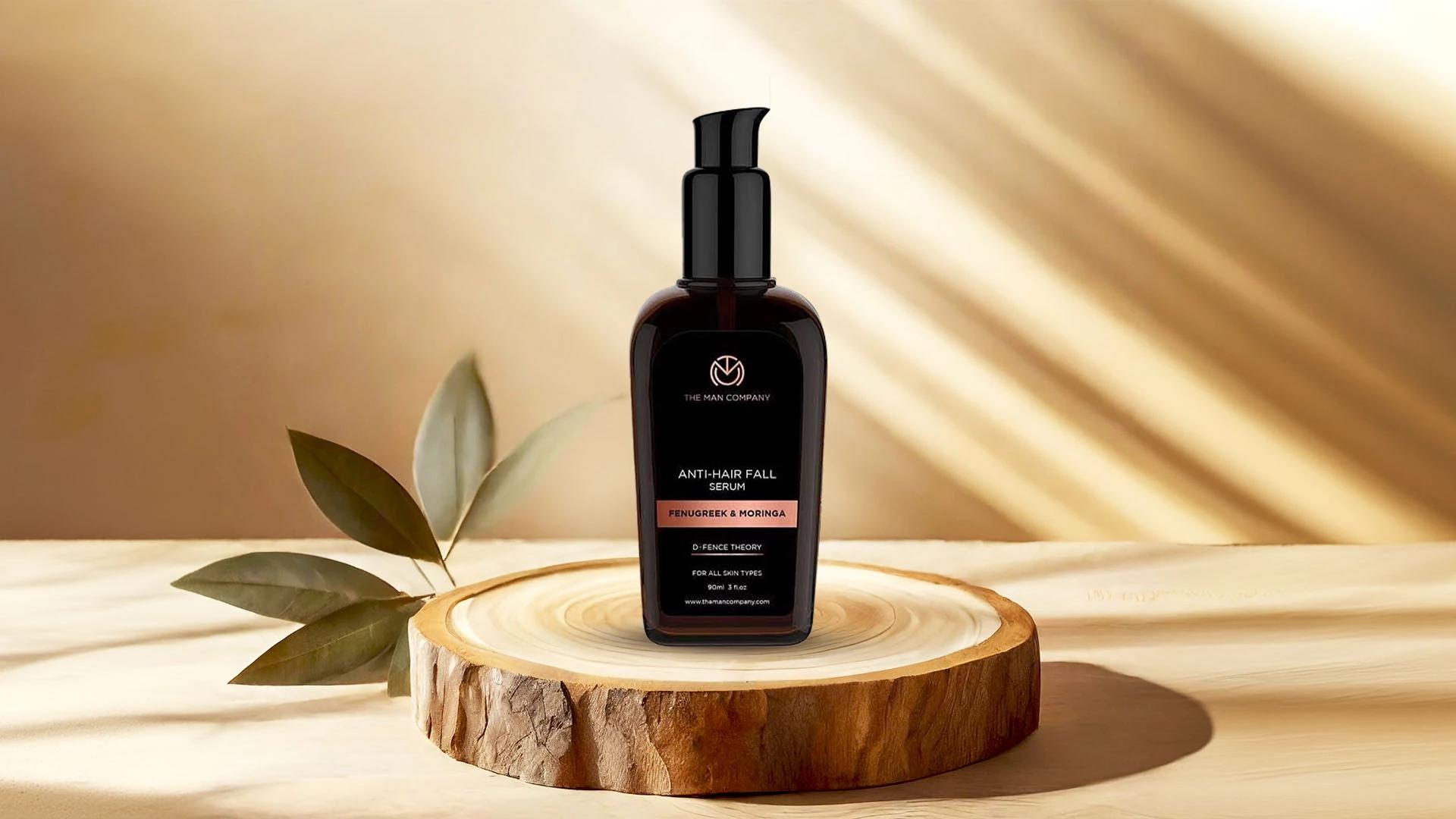The differences between natural and chemical hair dyes go way beyond just the ingredient list. Understanding these distinctions helps you make the best choice for your hair goals and lifestyle.
Environmentally speaking, safe hair dye options win hands down. Plant-based ingredients biodegrade naturally and don't contribute to water pollution the way synthetic chemicals do. The production process is also gentler on the planet, requiring less energy and creating fewer harmful byproducts.
Health-wise, natural options eliminate concerns about scalp irritation, respiratory issues from fumes, and long-term exposure to potentially harmful chemicals. Your bathroom doesn't smell like a science lab, and you can colour your hair without worrying about ventilation.
For your hair's long-term health, natural dyes often improve condition over time. Instead of breaking down your hair's structure, many plant-based colours add protein and moisture. This means your hair can actually get stronger and shinier with regular natural colouring sessions.
Frequently Asked Questions
Is chemical-free hair color as effective as traditional dyes?
Natural hair dyes work differently but can be just as effective for many people. They build colour gradually and work with your hair's natural pigments rather than stripping and replacing them. While you might not get the same dramatic colour changes possible with chemical dyes, the results are often more natural-looking and longer-lasting.
Can I achieve vibrant colors with natural hair dyes?
Yes, but your starting colour matters. Natural dyes work best when going darker or adding warm tones. Henna can create stunning reds and oranges, while indigo produces deep blues and blacks. For lighter or cooler tones, you'll need to lighten your hair first using natural methods like lemon juice and sun exposure.
How long does chemical-free hair color typically last?
Most natural hair colours last 4-8 weeks, similar to semi-permanent chemical dyes. However, some ingredients like henna can be quite permanent, especially on porous hair. The longevity depends on your hair type, the specific ingredients used, and how you care for your coloured hair.
Are there any side effects of using natural hair dyes?
Natural doesn't always mean risk-free. Some people are allergic to specific plant ingredients like henna or indigo. Always patch test first. Also, natural dyes can interact unpredictably with chemical treatments, so avoid mixing the two approaches without research.
Can I use chemical-free hair color on previously dyed hair?
It depends on what's already on your hair. Natural dyes work best on virgin or naturally faded hair. If you have recent chemical colour, the results can be unpredictable. Wait at least 2-3 months after chemical processing before trying natural alternatives, and always do a strand test first.
Final Thoughts
Switching to chemical free hair color opens up a whole new world of gentle, effective colouring options. While the process might feel different from what you're used to, the benefits for your hair health and overall wellbeing make it worth exploring. Your hair gets stronger, shinier, and more manageable whilst you achieve the colour you want.
The key is starting small and experimenting with different natural ingredients to find what works for your hair type and colour goals. Don't expect overnight transformations - natural hair colouring is about gradual, lasting change that works with your hair rather than against it. Each application builds on the last, creating depth and richness that chemical dyes often can't match.
Remember, your hair is unique, so what works for others might need tweaking for you. Embrace the experimentation process and enjoy discovering these gentler alternatives that treat your hair with the care it deserves.

 100 gm
100 gm 450 gm
450 gm 70 gm
70 gm 70 gm*2
70 gm*2